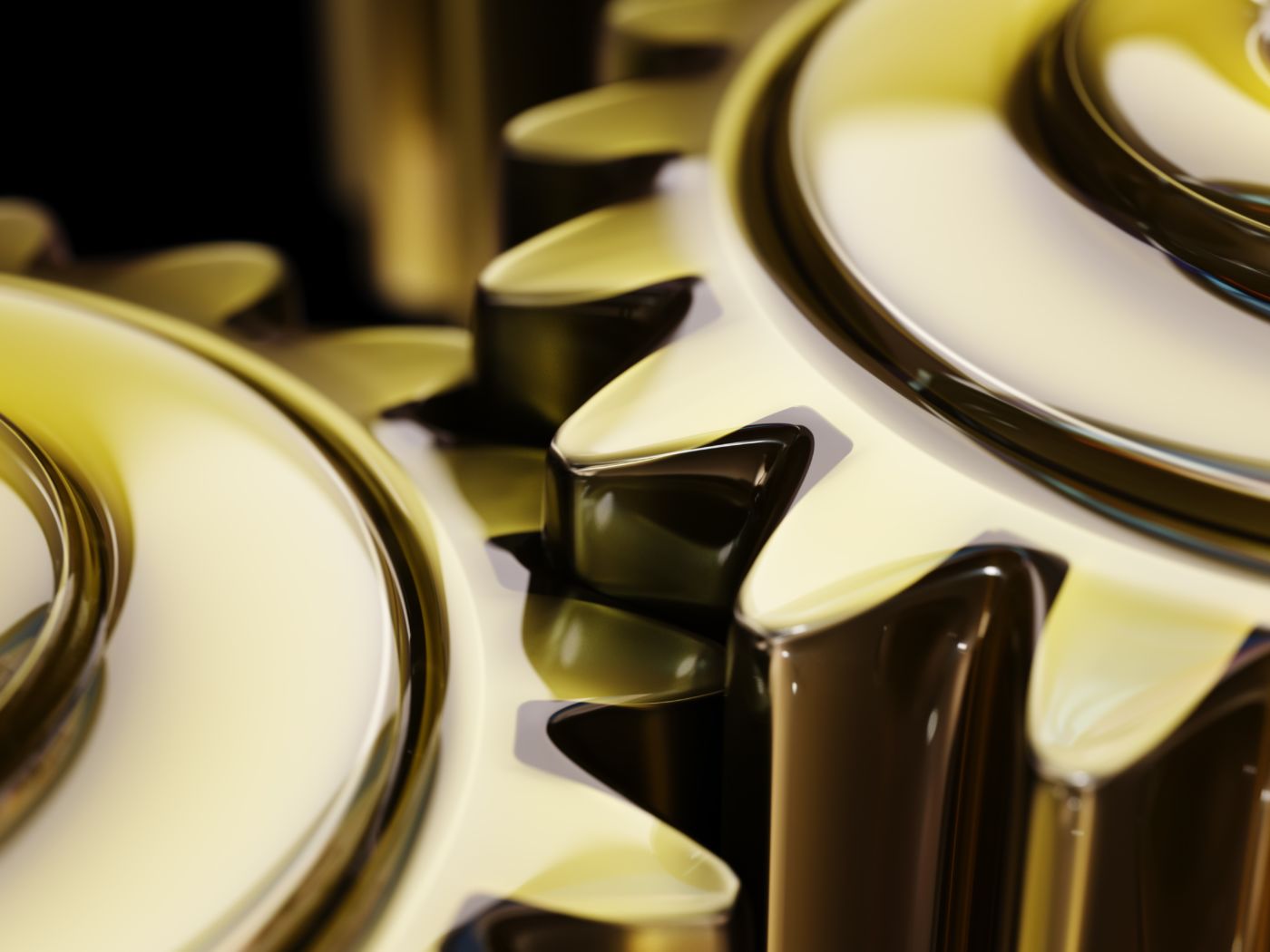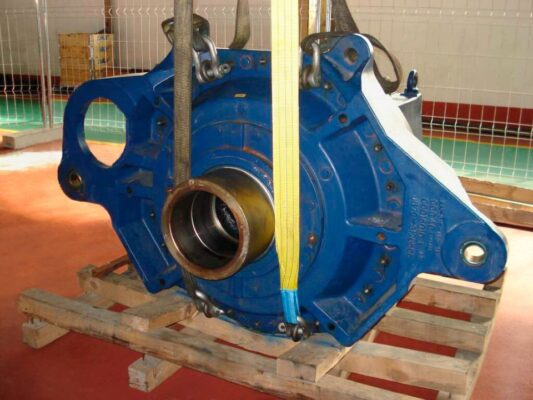Improper lubrication is a leading cause of production standstills in wind turbines. Applying lubricant to crucial parts of a turbine, such as the nacelle, is of great importance. For this reason, much time has been invested into developing new technologies and methods for delivery. Today, there are different ways of doing this: some manual, some automatic. Both present engineers with different benefits based on their needs.
Power in the hands of engineers
A common lubrication tool that has developed over the years is the grease gun. Where once manual lubrication was not as precise as desired, hand-held devices offer a high degree of control. Being comparatively lightweight, the device allows service technicians to quickly and accurately deliver lubricant where required. Additionally, manual practices result in more inspections whereby technicians are more likely to notice if something is wrong with turbine components.
However, while this technology has improved in recent years, there are still limitations. The need for human interaction with the turbine leads to increased service costs. Staff must be employed to undertake this activity, and this is more expensive and complicated for isolated turbines. Moreover, performing this task could also pose health and safety risks to personnel and also requires the turbine to not be in operation. So how do operators negate these potential drawbacks?
Man vs. machine
The alternative approach for lubricating wind turbines is relying on automatic systems. A distinct advantage of automated technology is that it no personnel are required for lubricating machinery. Grease tanks do have to be refilled, but this still significantly reduces maintenance schedules and prolongs intervals due to this not being a common occurrence. As a result, this saves a considerable amount of man hours and staff can be utilized for other tasks. When using a manual method, maintenance staff would have to visit the turbine in person, even if the issue has been picked up by a remote condition monitoring system. This is a potentially costly and time-consuming exercise.
But automatic solutions offer much more value than just removing the need for human involvement. Automatic systems are incredibly accurate and apply exactly the right amount of grease to the relevant components at the right time, thus significantly reducing the risk of over lubrication. Furthermore, this enables resources to go further, reduces wastage, and helps avoid contamination. By keeping components in optimal condition, organizations can extend maintenance intervals – vital for achieving consistent uptime and reducing costs.
Still progress to be made?
However, automatic lubrication also has its drawbacks. For example, operators must allow for the initial costs of purchasing and installing an automatic system, although there can be a quick return on investment. Costs are also comparatively low when compared with other turbine components and equipment. Moreover, engineers must become familiar with the technology and learn how to install and use it correctly. Nevertheless, the benefits of automatic lubrication clearly outweigh the disadvantages due to the fact that the system delivers grease while the turbine is in operation. This significantly reduces downtime and overall maintenance costs.
The modern age presents solutions for improved reliability
Ultimately, the current wind power industry has more lubrication options available to it than ever before. Operators can select the method that best suits their needs. If they have a small wind farm in an accessible location, it is likely that manual lubrication will suffice. On the other hand, if they have more demanding conditions, an automatic approach is more preferable. By adopting the best practice for individual needs, wind power professionals contribute to minimizing costs and maximizing uptime.



